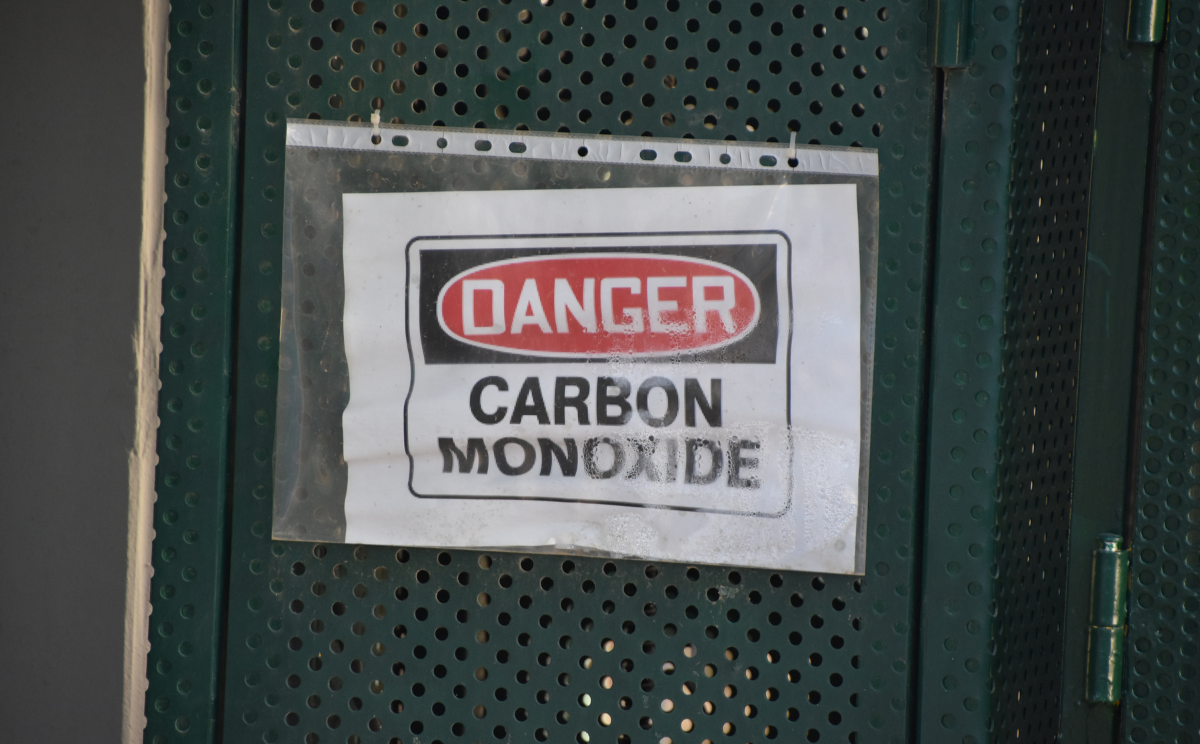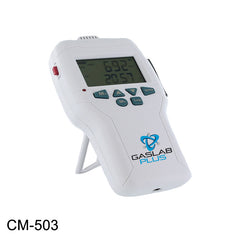
Carbon monoxide poisoning is a real threat during natural disasters. Natural disasters are not only dangerous to be in and a worry for friends and family, but force us to make decisions without thinking about the long-term consequences. One of those decisions is using gas-fired heaters and generators in enclosed spaces.
The Threat of Carbon Monoxide Poisoning
In the United States, Gulf Coast states have seen an increase in both the frequency and severity of hurricanes since 2016. The Plains states have seen a dramatic rise in tornado and seismic activity in the last decade. And the Upper Midwest and Northeast have seen massive amounts of snow storms too. Each time an event occurs our collective hearts sink at the images and stories of destruction and the impact on lives and communities.
One common occurrence during all these events is the purchase and use of portable generators to supply power for our homes and accessories. Feeding our families is a necessity. Generators can supply enough power to keep your refrigerator cold and oven cooking. Heat and air conditioning are two more reasons people need portable power. And the most important is keeping your cell phone charged. These modern conveniences have become “necessities” in our everyday lives.
The sale and use of portable generators has increased dramatically because of their low cost and ease of use. National retailers like Lowe’s and Home Depot offer “seasonal discounts” on generators with costs as low as $229. Add in a few gallons of gas and your home and devices can be powered for days.
But these generators come with a silent and deadly side effect – carbon monoxide poisoning. Carbon Monoxide (CO) gas is one of the byproducts of running a generator. The reason is because no engine ever completely burns the fuel source. When an engine is running, the exhaust of the engine contains trace amounts of carbon monoxide. CO, even in very small amounts, can cause harmful or deadly effects. Any device with a combustion engine like generators, gas grills, stoves, furnaces, and even wood and charcoal burning fireplaces and grills all off-gas carbon monoxide.
A quick search online will show many stories about people who die each year because they ran their generator or grill indoors. The tragic part is reading the articles and understanding how senseless these deaths are. Here are some examples:
- From the CPSC 2020 - 52% of product-related CO deaths
- NBC News 2021 - Generators poison thousands of people per year
In normal operation and use these devices and appliances release such small amounts of CO that you’d never notice. Measured in parts per million (abbreviates as ppm) the carbon monoxide level in a normal home is less than 1-2 ppm. But it only takes 25-35 ppm to make you sick. Headache, dizziness, nausea, vomiting, and weakness are all symptoms of CO exposure.
OSHA and the Centers for Disease Control list 50 ppm as the evacuation level for CO exposure. So, you can see why more than 20,000 people visit emergency rooms annually with CO poisoning symptoms.
As easy as it is to get sick from carbon monoxide it's easier to prevent CO poisoning incidents from occurring.
Try these easy and low-cost tips to prevent you and your families exposure:
- Never use a portable generator inside. They are built to be weather proof and used outside.
- Purchase and install a battery-operated CO detector in your home. They cost less than $30 at your local hardware store, and you should already have one if you have gas heat or cooking in your home.
- Purchase a portable CO detector from a reputable company (like CO2Meter.com) if you are utilizing a generator or gas grill near your home during a natural disaster. For less than $300 this is an investment to protect your family.
- If you have natural gas or propane heating or cooking appliances contact your gas provider, local HVAC contractor, or plumber to provide regular inspection and service for your appliances.
- If you have a fireplace call a chimney sweep to have your chimney inspected and cleaned annually. Clogs and buildup can cause CO to back-up in to your home or worse, a chimney fire.
- Never burn charcoal indoors. Cook using a charcoal grill away from your dwelling.

For establishments needing a more permanent, wall mounted option, the Carbon Monoxide (CO) Fixed Gas Detector w/ Remote Sensor (0-50ppm) connects to most building management systems, has 3 configurable relays, and provides audible and visual alarms.
We hope this quick education and the tips provided will keep you safe during a natural disaster and all year round.
If you or any of your friends or family exhibit signs of CO poisoning call 9-1-1 right away.
Your health and safety are easy to safeguard now that you know what to look for and what to do.







